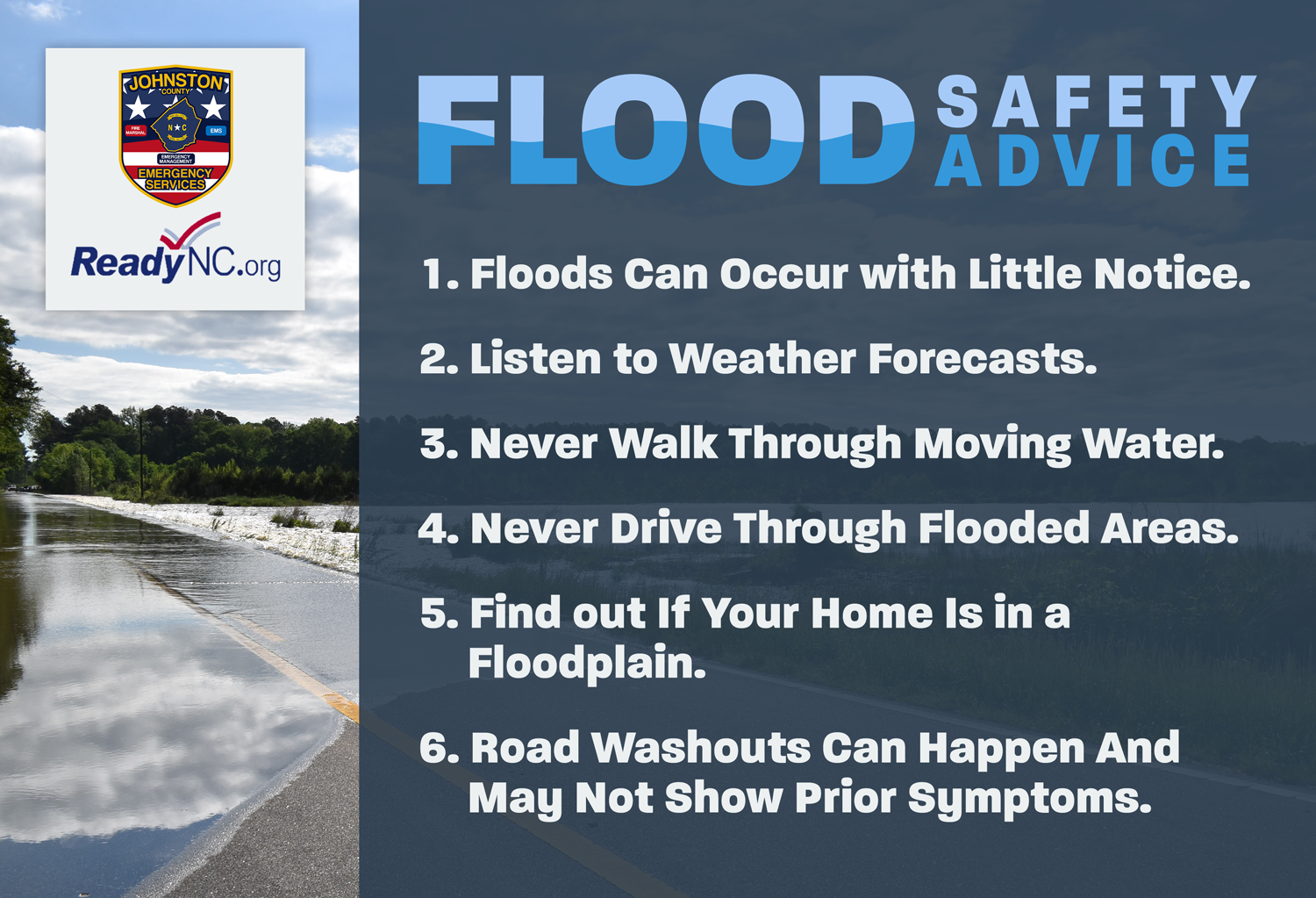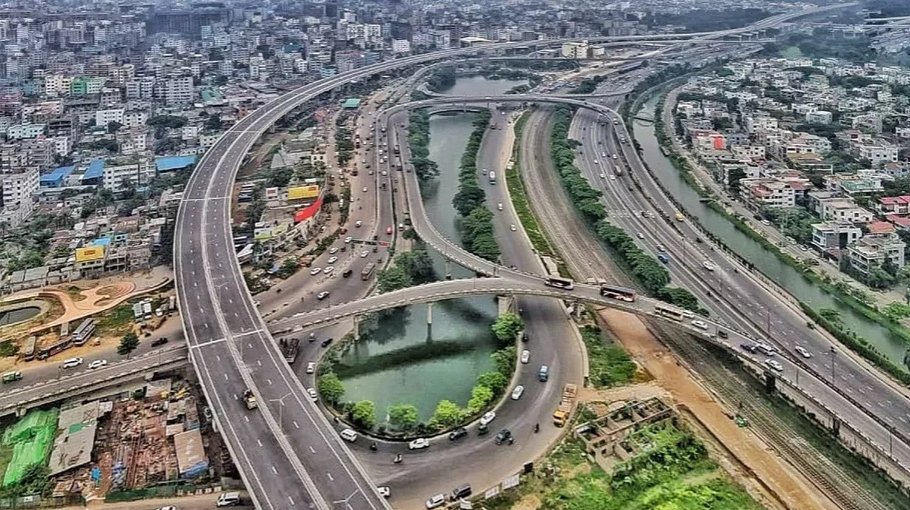Flash Flood Emergency: What You Need To Know To Stay Safe

Table of Contents
Understanding Flash Flood Risks
Flash floods are characterized by a rapid and unexpected rise in water levels, typically within six hours of the causative event. Unlike other types of floods which develop gradually, flash floods can occur in minutes, leaving little time to react. Several factors contribute to flash flood risk:
- Intense Rainfall: Prolonged or heavy rainfall, particularly over saturated ground, is the most common cause. A short burst of intense rainfall can overwhelm drainage systems and cause rapid water accumulation.
- Dam or Levee Failures: The failure of dams or levees can unleash massive volumes of water downstream, resulting in catastrophic flash floods.
- Geographic Location: Certain geographic areas are more prone to flash floods than others. Areas with steep slopes, narrow valleys, and limited drainage capacity are at higher risk. Mountainous regions are particularly vulnerable. Knowing whether you live in a flood prone area is a critical first step.
High-risk zones often include:
- Areas near rivers, streams, and creeks.
- Low-lying areas and floodplains.
- Areas with poor drainage.
- Urban areas with inadequate drainage infrastructure.
Recognizing the signs of an impending flash flood is vital:
- Rapidly rising water levels in streams, rivers, or creeks.
- Heavy rainfall persisting over several hours.
- A sudden increase in water flow in normally dry areas.
- A flash flood warning issued by local authorities.
Preparing for a Flash Flood Emergency
A comprehensive flash flood preparedness plan is your best defense. This plan should include several key components:
1. Assembling an Emergency Kit: Your flash flood emergency kit should contain essential supplies to sustain you and your family for several days.
- Water (one gallon per person per day for at least three days).
- Non-perishable food items.
- First-aid kit with essential medications.
- Flashlight and extra batteries.
- Radio (battery-powered or hand-crank).
- Copies of important documents (identification, insurance, medical information).
- Whistle to signal for help.
- Warm clothing and blankets.
2. Developing an Evacuation Plan: Knowing your escape routes and designated meeting points is critical in a flash flood emergency.
- Identify multiple escape routes from your home or workplace.
- Establish a designated meeting point outside your home.
- Share your evacuation plan with all family members.
3. Establishing a Communication Plan: Maintaining communication during a flash flood can be challenging.
- Identify primary and secondary contact persons.
- Share contact information with family and neighbors.
- Consider establishing a pre-arranged out-of-area contact for family members to check in with.
4. Signing Up for Emergency Alerts: Stay informed by registering for emergency alerts and weather notifications from your local authorities. These alerts can provide crucial early warnings.
Responding to a Flash Flood Warning
When a flash flood warning is issued, immediate action is crucial. The speed of flash floods often leaves little time for preparation.
- Never drive or walk through floodwaters. The depth and velocity of floodwaters can be deceiving, and even a seemingly shallow stream can sweep away a vehicle.
- Move to higher ground immediately. If you're instructed to evacuate, do so without delay.
- Seek shelter in a sturdy building or on higher ground. Avoid low-lying areas and floodplains.
- Avoid downed power lines and damaged structures. These can pose significant hazards.
- Contact emergency services if necessary. Call 911 or your local emergency number for assistance.
Post-Flash Flood Safety
Once the immediate danger has passed, post-flood safety remains paramount.
- Check for structural damage to your home and property. Assess for potential hazards and report any damage to the appropriate authorities.
- Avoid contact with floodwater. Floodwater can be contaminated with sewage, chemicals, and other hazardous materials, posing serious health risks.
- Use caution when entering flood-damaged buildings. The structural integrity may have been compromised.
- Document flood damage with photos and videos. This documentation is crucial for insurance claims.
Conclusion
Flash floods are a significant threat, but preparedness can significantly reduce the risk. By understanding the risks, developing a comprehensive flash flood preparedness plan, and taking swift action when a warning is issued, you can significantly improve your chances of staying safe during a flash flood emergency. Remember, your safety is paramount. Develop your flash flood preparedness plan today, share this information with others, and stay informed about weather forecasts and emergency alerts. Stay safe during a flash flood emergency! Learn more about flash flood safety and protect yourself and your loved ones.

Featured Posts
-
 Euronext Amsterdam Sees 8 Stock Increase Impact Of Trumps Tariff Action
May 25, 2025
Euronext Amsterdam Sees 8 Stock Increase Impact Of Trumps Tariff Action
May 25, 2025 -
 Escape To The Country Making The Most Of Your Countryside Move
May 25, 2025
Escape To The Country Making The Most Of Your Countryside Move
May 25, 2025 -
 Dazi Trump Conseguenze Per Nike Lululemon E Il Settore Moda
May 25, 2025
Dazi Trump Conseguenze Per Nike Lululemon E Il Settore Moda
May 25, 2025 -
 Your Guide To Buying Bbc Radio 1 Big Weekend 2025 Tickets
May 25, 2025
Your Guide To Buying Bbc Radio 1 Big Weekend 2025 Tickets
May 25, 2025 -
 Boosting Economic Growth Bangladesh And Europes Renewed Partnership
May 25, 2025
Boosting Economic Growth Bangladesh And Europes Renewed Partnership
May 25, 2025
Latest Posts
-
 La Reponse De Thierry Ardisson A Laurent Baffie Contexte Et Consequences
May 25, 2025
La Reponse De Thierry Ardisson A Laurent Baffie Contexte Et Consequences
May 25, 2025 -
 Le Clash Ardisson Baffie Essaie De Parler Pour Toi Analyse De La Tension
May 25, 2025
Le Clash Ardisson Baffie Essaie De Parler Pour Toi Analyse De La Tension
May 25, 2025 -
 Polemique Thierry Ardisson Accuse Laurent Baffie De Cracher Dans La Soupe
May 25, 2025
Polemique Thierry Ardisson Accuse Laurent Baffie De Cracher Dans La Soupe
May 25, 2025 -
 Thierry Ardisson Et Laurent Baffie Une Dispute Memorable
May 25, 2025
Thierry Ardisson Et Laurent Baffie Une Dispute Memorable
May 25, 2025 -
 Laurent Baffie Et Thierry Ardisson Une Dispute Explosive Autour De Cracher Dans La Soupe
May 25, 2025
Laurent Baffie Et Thierry Ardisson Une Dispute Explosive Autour De Cracher Dans La Soupe
May 25, 2025
